Popular Houzz Series
Popular Houzz Series
Appears in
See also
Fun HouzzFrom The ProsHouzz Around The WorldProject Of The WeekStickybeak Of The WeekQuizzesCreatives At HomeAt Home With...Best Of The WeekRoom Of The WeekDesigner Profiles3 Things I Wish My Clients KnewHow Do I...Buyer's GuidesExpert EyeInnovation AlertSo Your Style Is...Spotted!Picture PerfectBefore & AfterBudget BreakdownHome TimeMade Local
How Do I... Store My Winter Clothes?
An expert reveals how to care for and store your woollies over the summer season so they remain in pristine condition
In this practical series, we ask experts to answer your burning home and garden questions. Here, Jenna Ruthflood, stylist, blogger and writer at Ethi Collective, shares her expert tips for storing your out-of-season clothes.
Sort your clothing
Separate your winter and summer clothing into two piles so you can see exactly what you need to store away and what needs to remain in your wardrobe. Create a third pile for those items you no longer wear, which you might choose to donate, sell or up-cycle.
Focus on storing away bulky items that take up the most precious real-estate in your wardrobe, such as heavy winter coats and chunky woollen items.
Separate your winter and summer clothing into two piles so you can see exactly what you need to store away and what needs to remain in your wardrobe. Create a third pile for those items you no longer wear, which you might choose to donate, sell or up-cycle.
Focus on storing away bulky items that take up the most precious real-estate in your wardrobe, such as heavy winter coats and chunky woollen items.
Clean all items
Before you store any clothing away it’s important to clean it, otherwise any little stains can become permanent and attract pests such as clothing moths, which can eat through natural fibres including wool and silk.
After you have washed all the items you wish to store, hang them outside in the sun (if possible) to dry. Allow items to dry completely to avoid mould developing once they are stored.
While your clothes are drying, use the opportunity to give your wardrobe a thorough clean. Vacuum into the far reaches and corners, and wipe down all doors and shelves.
Before you store any clothing away it’s important to clean it, otherwise any little stains can become permanent and attract pests such as clothing moths, which can eat through natural fibres including wool and silk.
After you have washed all the items you wish to store, hang them outside in the sun (if possible) to dry. Allow items to dry completely to avoid mould developing once they are stored.
While your clothes are drying, use the opportunity to give your wardrobe a thorough clean. Vacuum into the far reaches and corners, and wipe down all doors and shelves.
Pack items away
Once your winter clothes are clean and dry, start packing them away. I prefer to store winter items in sturdy, lidded plastic boxes as they are lightweight, easy to label and will keep moisture out. Store them in a dry, dark spot such as a cupboard or under the bed. If you don’t have lidded boxes, an unused suitcase is another storage option for out-of-season clothes.
Once your winter clothes are clean and dry, start packing them away. I prefer to store winter items in sturdy, lidded plastic boxes as they are lightweight, easy to label and will keep moisture out. Store them in a dry, dark spot such as a cupboard or under the bed. If you don’t have lidded boxes, an unused suitcase is another storage option for out-of-season clothes.
Space-saving vacuum bags (which reduce the bulk of your clothing items for easy storage) are a good option for short-term storage. But remember, these bags will compress the fibres of your clothing, which can cause damage.
If you choose to store items in a lidded box, fold garments and place them inside. If you need to store your clothing on a hanger, choose a padded style that will maintain the garment’s shape, and be sure to pop it in a good-quality garment bag.
Tip: Delicate items should be stored between layers of acid-free tissue paper. Special-occasion items, such as evening dresses or dinner suits, are best hung up on a hanger inside a garment bag.
If you choose to store items in a lidded box, fold garments and place them inside. If you need to store your clothing on a hanger, choose a padded style that will maintain the garment’s shape, and be sure to pop it in a good-quality garment bag.
Tip: Delicate items should be stored between layers of acid-free tissue paper. Special-occasion items, such as evening dresses or dinner suits, are best hung up on a hanger inside a garment bag.
Keep moths out
Clothes moths love nothing more than nibbling away at our precious garments when they are kept in dark spaces – such as wardrobes! You can keep them away using natural repellants, such as cedar balls or dried herbs such as lavender, cloves, thyme, rosemary and eucalyptus.
To make a DIY moth repeller, simply fill a small cotton bag with some of the above dried herbs, and hang it in your wardrobe or place it inside your storage box. Essential oils will keep moths at bay too – omit the dried herbs and spray the cotton bag with oils instead.
Tip: Moths thrive in warm, humid conditions, so remember to air out your wardrobe regularly to minimise the chance of an infestatation.
Clothes moths love nothing more than nibbling away at our precious garments when they are kept in dark spaces – such as wardrobes! You can keep them away using natural repellants, such as cedar balls or dried herbs such as lavender, cloves, thyme, rosemary and eucalyptus.
To make a DIY moth repeller, simply fill a small cotton bag with some of the above dried herbs, and hang it in your wardrobe or place it inside your storage box. Essential oils will keep moths at bay too – omit the dried herbs and spray the cotton bag with oils instead.
Tip: Moths thrive in warm, humid conditions, so remember to air out your wardrobe regularly to minimise the chance of an infestatation.
Choose your storage spot with care
Out-of-season clothes should be stored in a cool, dry place – avoid anywhere damp. You should also avoid spots that receive too much sun as this can cause clothes to sweat, which can lead to mildew, mould and fading. Generally, the top shelf of your wardrobe or under the bed are ideal.
If you have no choice but to keep your clothes-filled storage boxes under the house or in the garage, make sure the boxes are fully waterproof. Also avoid storing them anywhere near the hot-water tank, where temperatures can fluctuate, which can damage your clothes.
Out-of-season clothes should be stored in a cool, dry place – avoid anywhere damp. You should also avoid spots that receive too much sun as this can cause clothes to sweat, which can lead to mildew, mould and fading. Generally, the top shelf of your wardrobe or under the bed are ideal.
If you have no choice but to keep your clothes-filled storage boxes under the house or in the garage, make sure the boxes are fully waterproof. Also avoid storing them anywhere near the hot-water tank, where temperatures can fluctuate, which can damage your clothes.
Check stored items regularly
It’s a good idea to check your garments every now and then – say once a month – to ensure there is no mould or mildew present. This is also a good time to refresh your moth repeller with new essential oils or dried herbs, or swap out some of the cedar balls if they no longer smell nice.
It’s a good idea to check your garments every now and then – say once a month – to ensure there is no mould or mildew present. This is also a good time to refresh your moth repeller with new essential oils or dried herbs, or swap out some of the cedar balls if they no longer smell nice.
Tell us
Did you find this story useful? Tell us why in the Comments below. And remember to like or share this story and save the photos. Join the conversation.
More
Find a removalist or storage professional near you
Did you find this story useful? Tell us why in the Comments below. And remember to like or share this story and save the photos. Join the conversation.
More
Find a removalist or storage professional near you






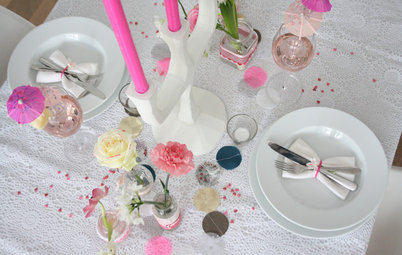


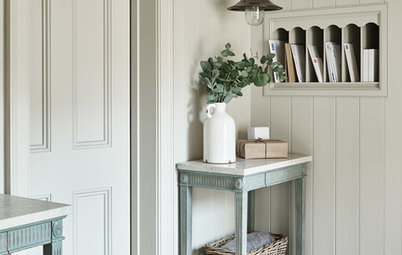


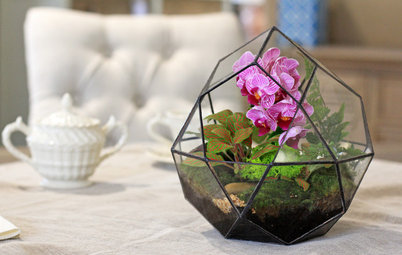
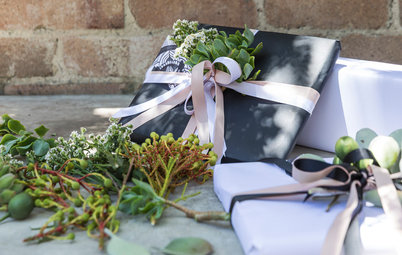




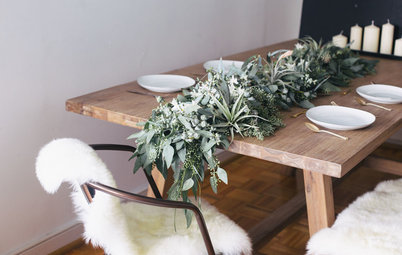



It’s also a great opportunity to edit down your everyday clothing options to those items you actually wear, which can save you precious time getting ready in the morning.
Here’s how to approach it: